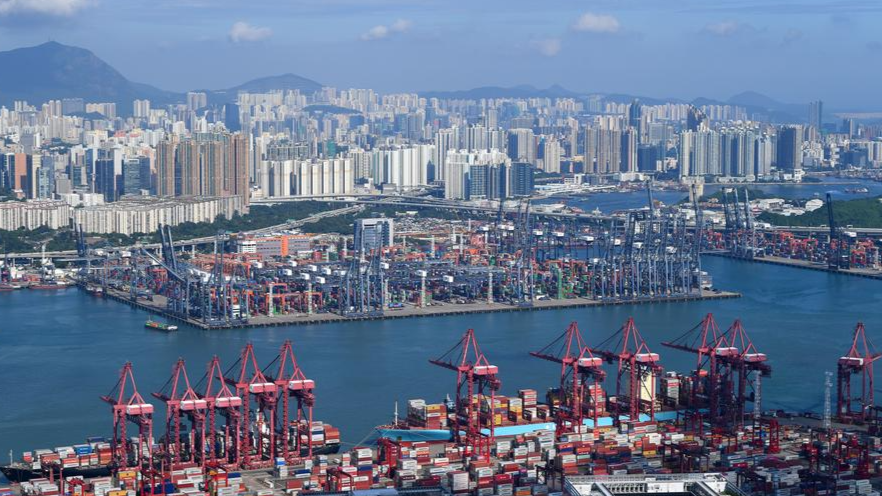
Hong Kong-based exporters could feel the pinch in the months ahead after the US levied an additional tariff on goods from the Chinese mainland and Hong Kong, but they can weather the storm by diversifying destination markets, proactively participating in exhibitions and enhancing the technological standard of products, business leaders and exporter association representatives said.
“Hong Kong-based exporters should rethink the ‘original equipment manufacturer’ model. We encourage exporters to upgrade and transform their businesses through moving up the value chain ladder through brand-building and product development that can give more autonomy to exporters,” Hong Kong Exporters’ Association Chairman Eric Sun said on the sideline of the Hong Kong Trade Development Council (HKTDC) news conference on Thursday.
An OEM business model refers to a company that engages in the creation of parts and components are used by other companies in their finished products. This represents the lower end of the value chain, which does not require design, technological content, brand-building, and patent management.
READ MORE: HK exporters’ confidence rises despite headwinds
The chairman described the additional tariff levy by the United States as hegemonic, and said this will damage the global economy. “I welcome the government introducing more policies or incentives for helping the city’s export industry,” Sun said.
On Thursday, the government of Hong Kong Special Administrative Region introduced three support measures to help Hong Kong enterprises accelerate the development of emerging and diversified markets.
These measures include extending free pre-shipment risk protection for policyholders of the Small Turnover Policy designed for SMEs until June 30; providing a 50 percent discount on the premium for pre-shipment risk protection for non-Small Turnover Policy policyholders; and reducing the premium rates for emerging markets and bringing them into line with traditional major markets, so as to reduce costs for exporters in developing the Association of Southeast Asian Nations (ASEAN) market.
Jeffrey Lam Kin-fung, the lawmaker representing the Commercial (First) constituency, said that “life for Hong Kong exporters will be very painful in the coming months” as the US tariff policy changes rapidly. “Companies that mainly do business in the United States will face greater difficulties. We call on the industry to wait and see, actively seek different sales channels, and explore more markets.”
“To my understanding, banks have proactively told customers that they will do their best to support them (deferring loan repayments to borrowers even if they have not received payments from buyers) in times of difficulty, because banks understand that the tariff issue may change a lot in the short term,” added Lam, who is also the Legislative Council (LegCo) representative of the Hong Kong General Chamber of Commerce.
The lawmaker said most Hong Kong exporters are based on the OEM model and it will be quite difficult for them to embark on business transformation.
READ MORE: HK worth its weight in gold as a world financial center
Hong Kong Trade Development Council Deputy Executive Director Sophia Chong called on Hong Kong exporters to improve their products and services, actively upgrade and transform, and enhance their competitiveness.
“The HKTDC will organize about 40 international exhibitions and summits in 2025-26, connecting the city’s export industry with global quality buyers and exhibitors from the Middle East, ASEAN and the Guangdong-Hong Kong-Macao Greater Bay Area (GBA),” she added.
The HKTDC is hosting seven vibrant events spanning lifestyle products and the licensing sector in late April, which are expected to attract 6,000 exhibitors from more than 30 countries and regions, with over 400 buying missions comprising more than 20,000 companies.


